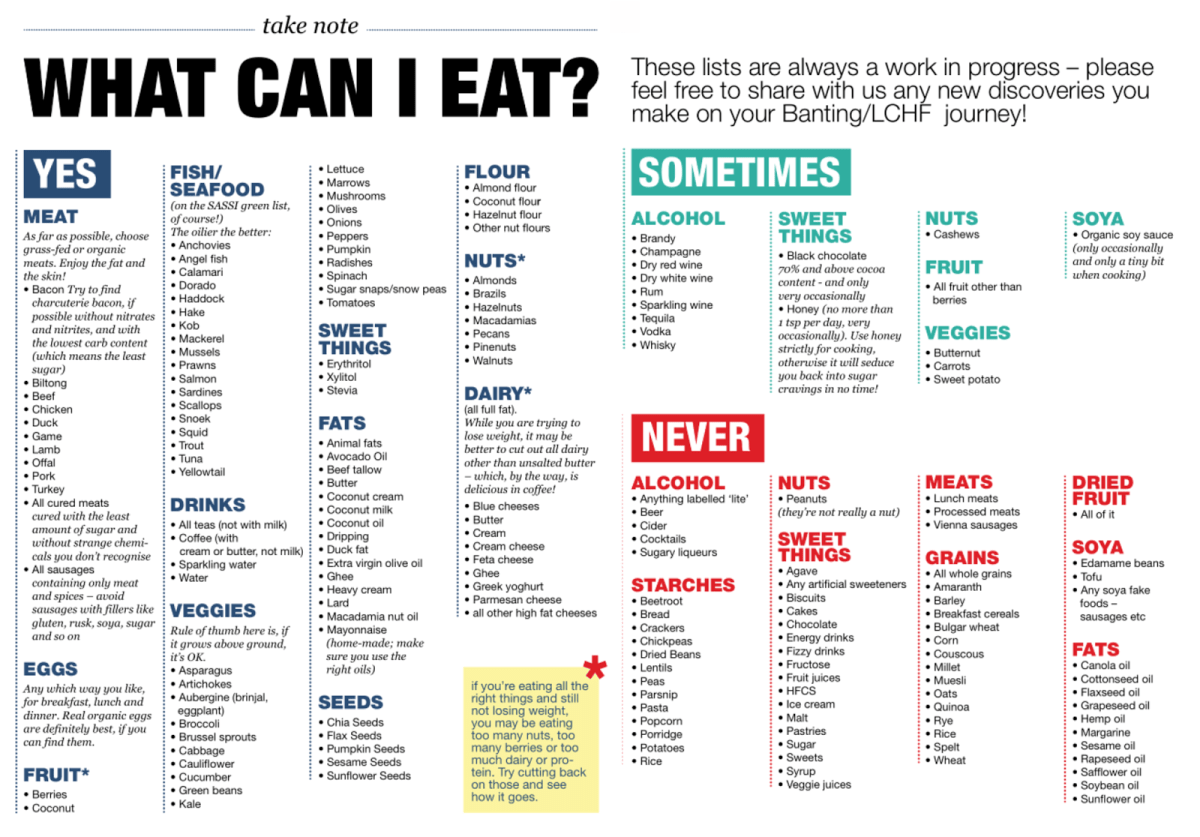Embark on a culinary journey towards your weight loss aspirations with the power of Low-Carb Banting! This comprehensive guide unveils a treasure trove of delicious and effective recipes designed to help you shed those extra pounds without sacrificing flavor or satisfaction. Prepare to discover a world of vibrant vegetables, lean proteins, and satisfyingly rich, healthy fats, all carefully crafted to fit within the Banting framework. From quick weeknight meals to decadent desserts, we’ll equip you with the knowledge and recipes to achieve sustainable weight loss and a healthier lifestyle.
We’ll delve into the most popular Banting recipe categories, providing detailed nutritional breakdowns and step-by-step instructions for creating mouthwatering dishes. Learn efficient meal prep strategies to simplify your week and conquer the challenges often associated with low-carb diets. We’ll also explore creative ways to satisfy those sweet cravings with delectable low-carb desserts, ensuring your journey is both enjoyable and effective.
Step-by-Step Banting Recipe Creation

This section details the creation of a delicious and nutritious low-carb chicken and vegetable stir-fry, perfect for those following the Banting diet and aiming for weight loss. We’ll walk through the recipe step-by-step, highlighting the nutritional benefits of each ingredient and offering suggestions for adaptation.
Chicken & Vegetable Stir-fry Recipe
This vibrant stir-fry is packed with flavor and essential nutrients, providing a satisfying and low-carb meal. The recipe is designed to be easily adaptable to your preferences and available ingredients.
- Preparation (10 minutes): Begin by preparing your ingredients. Dice 1 lb boneless, skinless chicken breast into bite-sized pieces. Wash and chop 1 cup broccoli florets, 1 cup sliced bell peppers (any color), 1/2 cup sliced mushrooms, and 1/2 cup chopped scallions. Mince 2 cloves of garlic. Set aside.
- Stir-frying the Chicken (5 minutes): Heat 1 tablespoon of coconut oil in a large wok or skillet over medium-high heat. Add the chicken and stir-fry until cooked through and lightly browned, approximately 5 minutes. Remove the chicken from the wok and set aside.
- Stir-frying the Vegetables (7 minutes): Add the garlic to the wok and stir-fry for 30 seconds until fragrant. Add the broccoli, bell peppers, and mushrooms. Stir-fry for 5-7 minutes, until the vegetables are tender-crisp.
- Combining and Seasoning (2 minutes): Return the chicken to the wok. Add 2 tablespoons of soy sauce (low-sodium preferred), 1 tablespoon of sesame oil, and a pinch of black pepper. Stir-fry for another minute to combine and heat through.
- Garnish and Serve (1 minute): Garnish with chopped scallions. Serve immediately over a bed of cauliflower rice or zucchini noodles for a complete and satisfying low-carb meal.
Nutritional Benefits of Ingredients
Each ingredient in this stir-fry contributes to its nutritional value and supports weight loss goals.
- Chicken Breast: A lean protein source, essential for building and repairing tissues, promoting satiety, and boosting metabolism. High in protein, low in fat.
- Broccoli: Rich in fiber, vitamins (C and K), and antioxidants. Fiber aids digestion and promotes feelings of fullness, helping with weight management.
- Bell Peppers: Excellent source of vitamin C and antioxidants. Their vibrant colors indicate high levels of beneficial compounds.
- Mushrooms: Low in calories and carbohydrates, mushrooms add a savory depth of flavor and provide a good source of selenium and B vitamins.
- Scallions: Add a mild onion flavor and provide a small amount of vitamins and minerals.
- Coconut Oil: A healthy fat source that can help with satiety and may have some metabolic benefits.
- Soy Sauce (low-sodium): Adds umami flavor; choose low-sodium varieties to reduce sodium intake.
- Sesame Oil: Adds a nutty flavor and a small amount of healthy fats.
Recipe Adaptation
This recipe is highly adaptable. Substitute the chicken with other low-carb protein sources like shrimp, beef sirloin, or pork tenderloin. Feel free to experiment with different vegetables based on your preferences and seasonal availability. Consider adding other low-carb vegetables like asparagus, spinach, zucchini, or cauliflower. Remember to maintain a balance of protein and vegetables to keep the meal nutritious and low-carb. Spices like ginger, chili flakes, or curry powder can add extra flavor complexity.
Achieving your weight loss goals with the Banting diet doesn’t have to be a restrictive or tedious experience. This guide has provided you with the tools and recipes to make the transition seamless and enjoyable. By understanding the principles of low-carb eating, mastering efficient meal prep techniques, and embracing the delicious variety of Banting recipes, you’re well-equipped to embark on a successful weight loss journey. Remember that consistency and mindful eating are key to long-term success. Embrace the flavorful possibilities of Banting and savor the journey to a healthier, happier you!
Question & Answer Hub
What are the potential side effects of starting a Banting diet, and how can I mitigate them?
Some people experience the “keto flu” initially, characterized by headaches, fatigue, and nausea. This is often due to electrolyte imbalances. Staying well-hydrated, increasing your salt intake, and consuming electrolyte supplements can help minimize these effects.
Can I still eat fruit on a Banting diet?
While the Banting diet is low-carb, some low-sugar fruits like berries can be consumed in moderation. Always check the carb count to ensure it aligns with your daily macros.
How often should I weigh myself while following a Banting diet?
Weighing yourself too frequently can be discouraging. Aim for once a week or even less frequently to track progress without getting overly fixated on daily fluctuations.
Are there any specific foods I should avoid completely on a Banting diet?
Highly processed foods, sugary drinks, and refined carbohydrates (white bread, pasta, etc.) should generally be avoided. Focus on whole, unprocessed foods.


